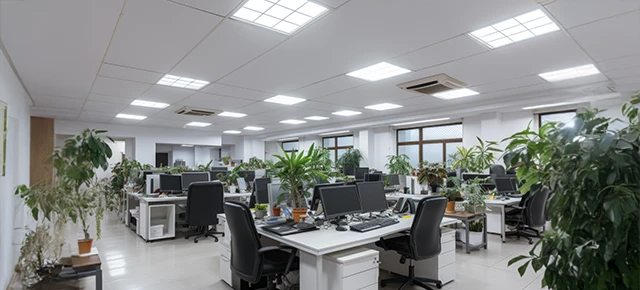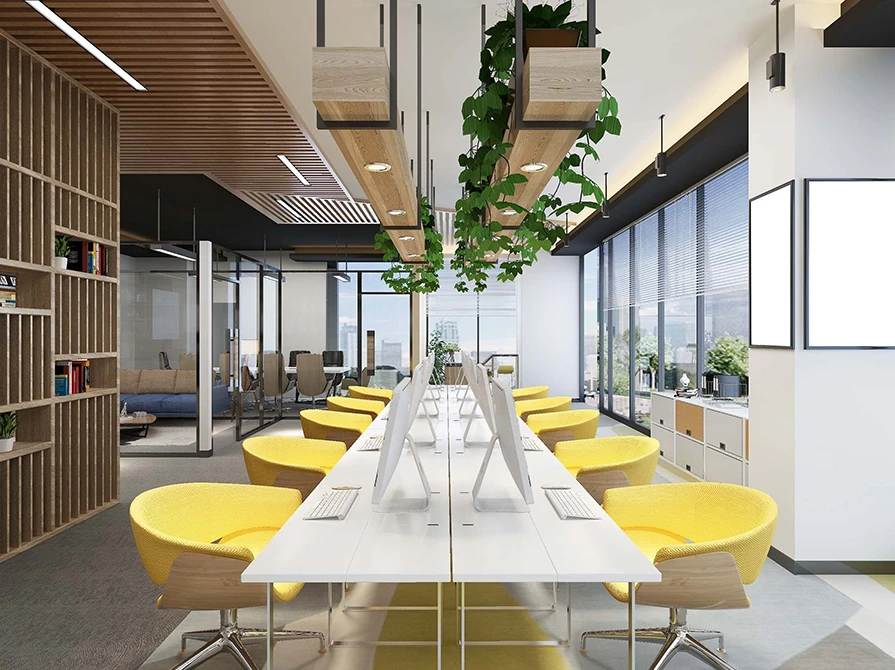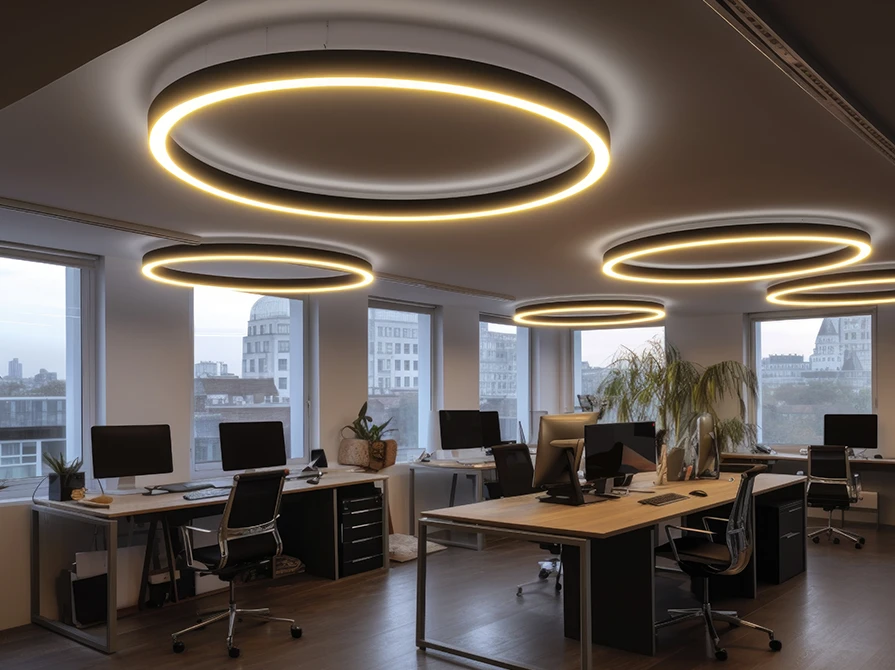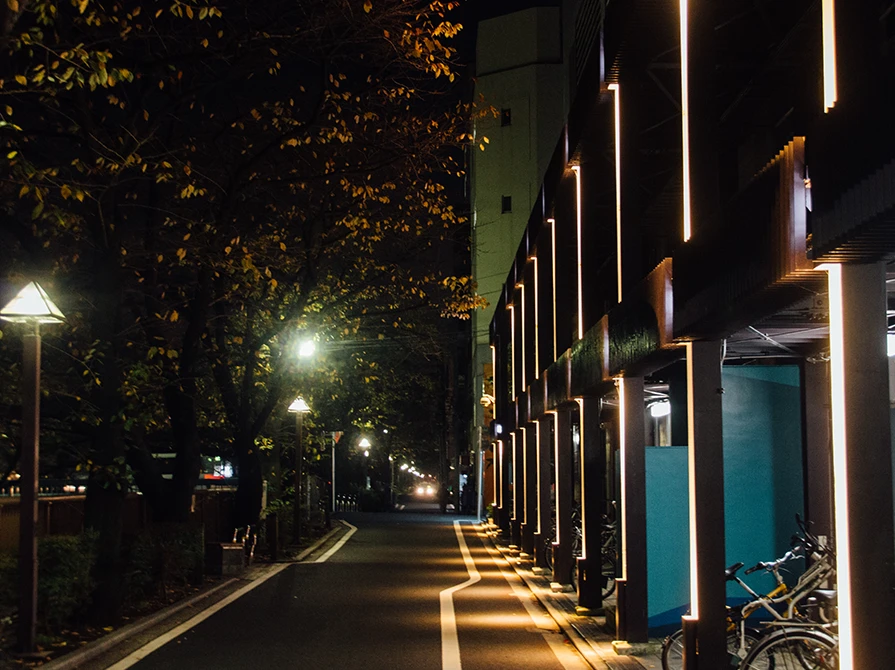


The outbreak of a pandemic this year, pushed the world into a new routine where working from home became the go-to practice. What began as a temporary solution, witnessed exponential growth very rapidly with professionals increasingly considering remote working as a long-term solution. According to the ''The Work Survey'' by cloud-based company ServiceNow, about 52 per cent employees and 64 per cent C-suite executives in India are seeing remote working as an effective tool to embrace the new ways of working. And one of the biggest advantages of this norm, was the huge cost saved by organizations which would otherwise have been spent in running large office spaces, providing the necessary infrastructure and amenities to their employees. Along with becoming one of the biggest transitions globally, here in India it turned into a major movement with businesses transitioning into remote working almost overnight as the first 21-day lockdown was announced by the Prime Minister.
In the current scenario, people have grown accustomed to and are settling down in the new normal which has become largely virtual. A survey by LinkedIn claims that up to 43% of the workforce in India has made a shift to work from home, however, the desire come back to office and basic needs of doing, seeing and feeling play a significant role for any human being. Raising a very critical question – do office spaces still hold relevance in our lives? The answer to this is Yes – there certainly is a need for office spaces even now.
The existence of a physical workplace plays an important role in building the culture of the organization, it acts as a common ground for the employees to bond and has a huge impact on their sentiment. Infact a survey by Workplace research & employ experience firm across 90 countries, said that office spaces have a significant role to play in key aspects of doing; seeing and feeling.
Leeman’s study that defines the research pillars of doing, seeing and feeling, specifies that there are 5 super drivers that working professionals need to consider charging up and get into turbo more to ensure a great day at work
The first is Plan your Meetings - The list of pre-scheduled meetings with internal teams, network teams, vendor partners, catchup with colleagues within the ecosystem
Second, are the list of adhoc meetings which usually happen around the coffee machine, or with your close acquaintances to bounce off an idea
Third, Team Work- When people are sitting in teams to discuss something, however in the given situation, social distancing is critical
Fourth, Individual focused work, which is being implemented to a certain extent as we are working from home
Fifth, is taking a break which will be impacted as we move out of the WFH practice. It is believed most of the productive discussions happen while you are taking a break.
Organizations need to begin implementing these super drivers as employees begin a slow and gradual return to work in a staggered manner. And as this return takes place in phases, it becomes critical for organizations to coordinate the day-to-day requirements seamlessly, and this is where effective technological solutions play an important role.
With the gradual return of employees to the workplace, it is prudent for management and administration teams to ensure they are equipped to adhere to the norms of the new world and provide a safe and efficient environment for work.
1. Simplified choices – Technology is known as an enabler for simplifying choices and with workspaces transitioning into a model where bifurcation of the workforce becomes a norm, managing schedules, keeping everyone up to date becomes critical. While most workplaces have implemented rosters to simplify a lot of the process, the right technology would allow office facilitators to seamless manage employee operations, from providing accessibility to amenities, to checking availability of meeting rooms, or getting daily updates on everyone’s schedule.
2. Move to Contactless technology – To ensure a pandemic proof working place, it is important for organizations to build on a dynamic in-office technology that is accessible by employees to plan their day in advance, with minimum contact.
3. Real time Data is to be used as the key driver. Instead of the previous methods to analyze historic data, functions need to be revamped to access data on a real time basis. And for real time data, it is important to look at buildings as data generators.
4. In-office Localization – it is important to allot areas of employee usage inside the office premises and this functionality is not easily available on Google maps for one to use. The need of the hour is a company specific platform to mark the areas for employees.
As organizations step back into work from office mode, albeit in a staggered manner with rosters aligning timetables, there is a dire need for infrastructures to be revamped to adhere to this flexible module. Technologies like Artificial intelligence, Machine Learning, Smart lighting, IoT etc. will drive the data support going forward to make this possible and align the solutions aligned for each requirement. In turn providing employees with a healthy and safe working environment.







